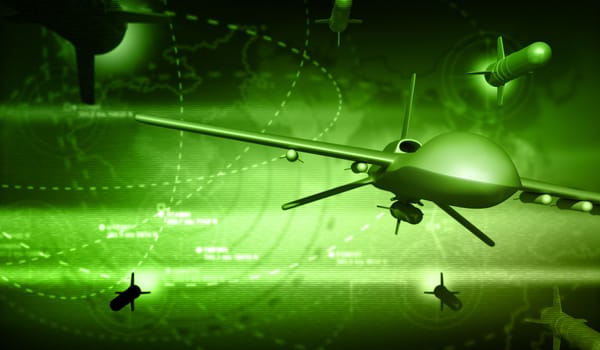Advanced Aircraft Engines & Hypersonics

Advanced Aircraft Engines & Hypersonics: Driving the Next Generation of Air Power
Advanced aircraft engines and hypersonic systems represent the cutting edge of aerospace propulsion and performance. This domain includes high-efficiency jet engines, variable cycle propulsion, and advanced materials for sustained high-speed flight, as well as hypersonic glide vehicles (HGVs) and cruise missiles capable of exceeding Mach 5. These technologies enable aircraft and missiles to travel faster, farther, and with greater survivability than ever before. They integrate innovations across thermodynamics, aerodynamics, propulsion, and materials science to achieve unprecedented speed, manoeuvrability, and heat resistance.
Strategic Importance
Advanced propulsion and hypersonic capabilities are game-changers for national defence and strategic deterrence. Aircraft equipped with next-generation engines can achieve superior range, endurance, and stealth, crucial for operations in contested environments. For example, variable cycle engines in sixth-generation fighter jets provide adaptability across flight regimes, improving performance and fuel efficiency.
Hypersonic systems, meanwhile, have transformative potential in strike and deterrence. Their high speed, low flight trajectories, and manoeuvrability make them difficult to detect and intercept, challenging current air and missile defence architectures. Possession of hypersonic weapons shifts the strategic balance by enabling rapid, precise, and potentially non-nuclear global strike capability.
In the civil sector, advanced engines improve commercial aviation efficiency, reduce emissions, and lay the foundation for future high-speed transport. These technologies also spill over into space access, with air-breathing propulsion concepts contributing to reusable spaceplane development.
Top 5 Nations Leading This Capability
- United States – The U.S. leads in both advanced engines and hypersonic weapons, with programs like the Next Generation Adaptive Propulsion (NGAP) and DARPA-led hypersonic demonstrators. Its industrial base and defence R&D ecosystem are unmatched in depth and scope.
- China – A close challenger in hypersonics, China has tested and fielded hypersonic glide vehicles and is investing heavily in long-range hypersonic strike and reconnaissance.
- Russia – A pioneer in hypersonic missile systems, including the Avangard and Kinzhal, Russia views these systems as a strategic offset to conventional military disadvantages.
- France – Through partnerships with the UK and EU, France is advancing next-generation engine development and investing in hypersonic concepts for future air combat systems.
- United Kingdom – The UK is a leader in jet propulsion innovation (e.g., Rolls-Royce) and co-developing advanced engine and hypersonic technology under joint defence initiatives like the FCAS and Tempest programs.
Future Outlook
The future of this critical technology is defined by dual-use innovation, rapid capability maturation, and strategic competition. Hypersonic weapons are expected to proliferate among major powers and reshape deterrence dynamics. Research is accelerating into counter-hypersonic systems, including space-based sensors, directed energy weapons, and interceptor platforms.
In propulsion, hybrid systems combining air-breathing and rocket-based engines may enable reusable hypersonic vehicles and low-cost space access. The drive toward efficiency, speed, and reduced signature will push advances in thermal management, materials, and digital design.
Strategic dominance in advanced aircraft engines and hypersonics will underpin future air superiority, long-range strike, and strategic mobility. Nations that master this complex, high-stakes technology will define the operational boundaries of 21st-century air and space power.




